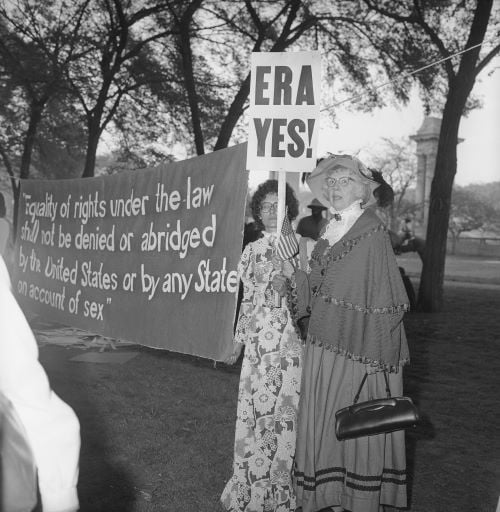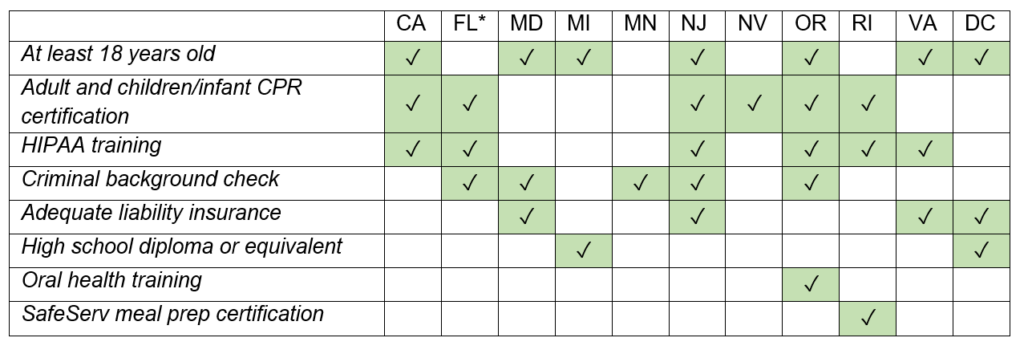The End of Public Health? It’s Not Dead Yet
By Nicole Huberfeld
Once again, health law has become a vehicle for constitutional change, with courts hollowing federal and state public health authority while also generating new challenges. In part, this pattern is occurring because the New Roberts Court — the post-Ruth Bader Ginsburg composition of U.S. Supreme Court justices — is led by jurists who rely on “clear statement rules.” This statutory interpretation canon demands Congress draft textually unambiguous laws and contains a presumption against broadly-worded statutes that are meant to be adaptable over time. In effect, Congress should leave nothing to the imagination of those responsible for implementing federal laws, i.e., executive agencies and state officials, so everything a statute covers must be specified, with no room for legislative history or other non-textual sources.
Clear statement rules are more than interpretive guidelines, they have constitutional dimensions that constrain congressional power both horizontally and vertically. In administrative law disputes, a critical aspect of public health law, clear statement rules enforce separation of powers. Supreme Court decisions issued in 2021 and 2022 demonstrate this vertical constraint. A key example is the West Virginia v. Environmental Protection Agency decision, which limited federal agency power to protect against environmental harms. The Court did so by building on decisions like National Federation of Independent Business v. OSHA, which limited federal authority to regulate worker safety with COVID-19 vaccination requirements. The “major questions doctrine” popped up throughout recent public health decisions and became formally recognized in Chief Justice Roberts’ majority opinion in West Virginia v. EPA. The major questions doctrine is a clear statement rule on steroids that has potential to limit public health agencies’ authority if they are addressing “questions of vast economic and political significance,” even when Congress intended flexibility, if the law does not state clearly that an agency can make such decisions.
Justice Gorsuch’s concurrence in West Virginia v. EPA noted that clear statement rules serve federalism too. This assertion portends a return to dual sovereignty federalism, which limits federal legislative and administrative power and boosts state authority. For example, in Alabama Association of Realtors v. HHS, the Court held CDC does not have specific authority to implement a moratorium on evictions during a public health emergency, and the moratorium impermissibly limited state and local power over evictions. Likewise, Justice Alito’s questions during oral argument in Biden v. Missouri sought clear statements in Medicaid’s safety standards for health care facilities. This vision even appeared in Dobbs v. Jackson Women’s Health — in overturning Roe v. Wade and Planned Parenthood v. Casey, Justice Alito’s majority opinion asserted it was necessary for regulation of abortion to be returned to the people and their “elected representatives,” a federalism trope.
This separated spheres of authority vision does not account for the ubiquitous use of federal/state partnerships in achieving national and state policy goals, especially health policy goals. Since the New Deal, federal/state partnership has occurred as a matter of political expedience and policy choice, but often it is not necessary as a matter of constitutional law. This pervasive structure for public health and health care laws caused problems before the New Roberts Court, but COVID-19 politics highlighted the degree to which state officials are turning away from partnering and toward what I call the “state veto.”
For example, Medicaid, the Children’s Health Insurance Program, many aspects of the Public Health Service Act, and the National Emergencies Act all rely on both federal administration and partnership with states to implement federal goals. Yet, these laws have no federal alternative if states fail or if implementation is otherwise thwarted, say, by court order. Without a federal fallback, federal money cannot reach the residents of that state and the federal policy accompanying it will not occur. Not all laws lack a fallback: several Rehnquist Court decisions limited the Commerce Clause authority to protect “traditional” areas of state power and restricted Congress’s ability to use state implementation. Two key decisions were New York v. United States, which held Congress cannot “commandeer” state legislatures, and Printz v. United States, which held Congress cannot “dragoon” state executive officials to implement federal laws. Federal statutes enacted after these decisions in the mid-1990s tend to include a federal fallback. Under the ACA, for instance, the health insurance exchanges must be implemented by HHS if states do not create them. Medicaid expansion remains incomplete because the Medicaid Act dates to 1965 and has never had a fallback.
The trouble with demanding Congress draft statutes in great, precise detail, so that administrative agencies have explicit directions and states are not “surprised” when they agree to take federal money, is that this approach does not reflect how federal laws are actually drafted. It is also an odd inquiry for older statutes, which Congress revamps through amendments but also develop through revised regulations and sub-regulatory authorities. The vast majority of federal public health laws were enacted decades ago and have remained durable through such amendments and reinterpretations. But, federal health laws are now vulnerable to reinterpretation under clear statement rules that could significantly limit their reach.
In other words, the revitalized clear statement rules have potential to affect the interpretation, scope, and application of federal laws that fund and guide public health. Public health law is facing a potential regulatory vacuum as a result. Simply building public health efforts on these 50- to 80-year-old laws suddenly seems a questionable approach, even though this was deemed sensible incrementalism in the past. Even the ACA’s near-universal coverage reform, which represented a remarkable shift in principles, built on existing laws.
Given this statutory path dependence, one response would be for Congress to ensure federal fallbacks become part of both old and new health laws. This would make it so that states cannot veto federal policy goals during a public health emergency or when implementing major health reforms like Medicaid expansion. It would also offer some defense against clear statement rules on steroids. This does not mean that all public health laws must be centralized, though this approach would have the effect of increasing federal presence in public health. Rather, federal fallbacks are necessary to achieve any federal public health policy that continues federal/state partnership. Law is a determinant of health, and older federal health laws are on a downward spiral to address modern health problems, but the spiraling can reversed — if Congress acts.
Nicole Huberfeld is the Edward R. Utley Professor of Health Law and Professor of Law, Boston University.






